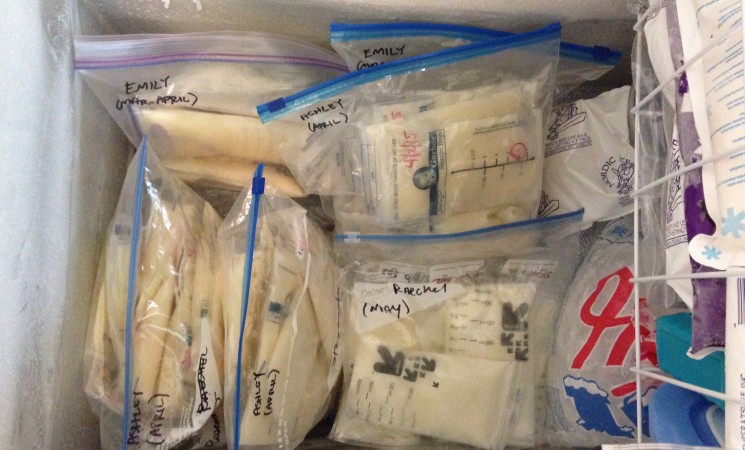Archived Content
This page is archived and provided for historical reference. The content is no longer being updated, and some of the information may have changed over time and could be outdated or inaccurate.
More to see than recess and PE: Observing physical activity behaviors of children during the school day
By Kerry L. McIver, Ph.D. Given the epidemic of childhood obesity and the relationship between weight status and physical activity, understanding children’s physical activity behaviors is of particular public health interest ...
How can we prevent criminal delinquency? Start early and focus on soft skills
By Lucy C. Sorensen, Ph.D. Imagine you are standing in line and suddenly feel someone push you from behind. How would you react? You might turn around, focus on the person, assess their likely intent, and then choose ...
Latin America Zika exposure concerns correlate with increased requests for abortion
By Wendy Anson, Ph.D. “We set out to do this study because we knew we had the only reliable information on both the spread of Zika and the rising number of requested abortions in Latin America,” explained Dr. James Trussell ...
Resilience to major life stressors: Conceptual and methodological considerations
By Frank J. Infurna, Ph.D. What does it mean to lose your spouse or partner, to become unemployed, or to receive a cancer diagnosis? Such events, commonly referred to as major life stressors, result in a qualitative ...
Revolutionary acts: How the discussion of HIV risk matters for the health of Black men who have sex with men
By Derrick D. Matthews, Ph.D., M.P.H. Despite constituting a small fraction of the population, Black men who have sex with men (MSM) constitute almost a quarter of all new HIV infections in the U.S. ...
Preclinical Alzheimer’s disease: Mood changes are linked to biomarkers
By Ganesh M. Babulal, Ph.D. Accompanying hallmark cognitive impairments of symptomatic Alzheimer’s disease (AD), mood disorders like depression, apathy or anxiety are common comorbid conditions ...
The Cancer Moonshot and the key role of behavioral and social sciences
By William Elwood, Ph.D. Prevention, screening, detection, collaboration, information sharing, patient–physician communication, and barrier breaking all seem to be crucial for landing in the new moon of a world ...
Do cigarette taxes and smoke-free legislation reduce teen smoking?
By Summer Sherburne Hawkins, Ph.D., M.S. While seeing an adolescent smoking may be less common now than it was even a decade ago, the teenage years are a time of experimenting with risky behaviors ...
When sharing breastmilk, the risks are relative
By Aunchalee Palmquist, Ph.D., IBCLC. In a 2013 NPR interview, Kim Updegrove, president of the Human Milk Banking Association of North America, says: “The practice of Internet sharing of human milk is ...
The impact of employer-based insurance on health during and after the retirement process
By Ben Lennox Kail, Ph.D. For many people in the United States, retirement represents a major life-course transition. Although many life transitions are empirically linked to changes in health— ...
Connecting the dots: The role of gender, genotypes, and social integration in influencing nicotine dependence
By Brea Perry, Ph.D. Nearly every biological system, from genetics to neurology, is susceptible to influence and modification by gender. Men and women are stratified into distinct environments ...



















